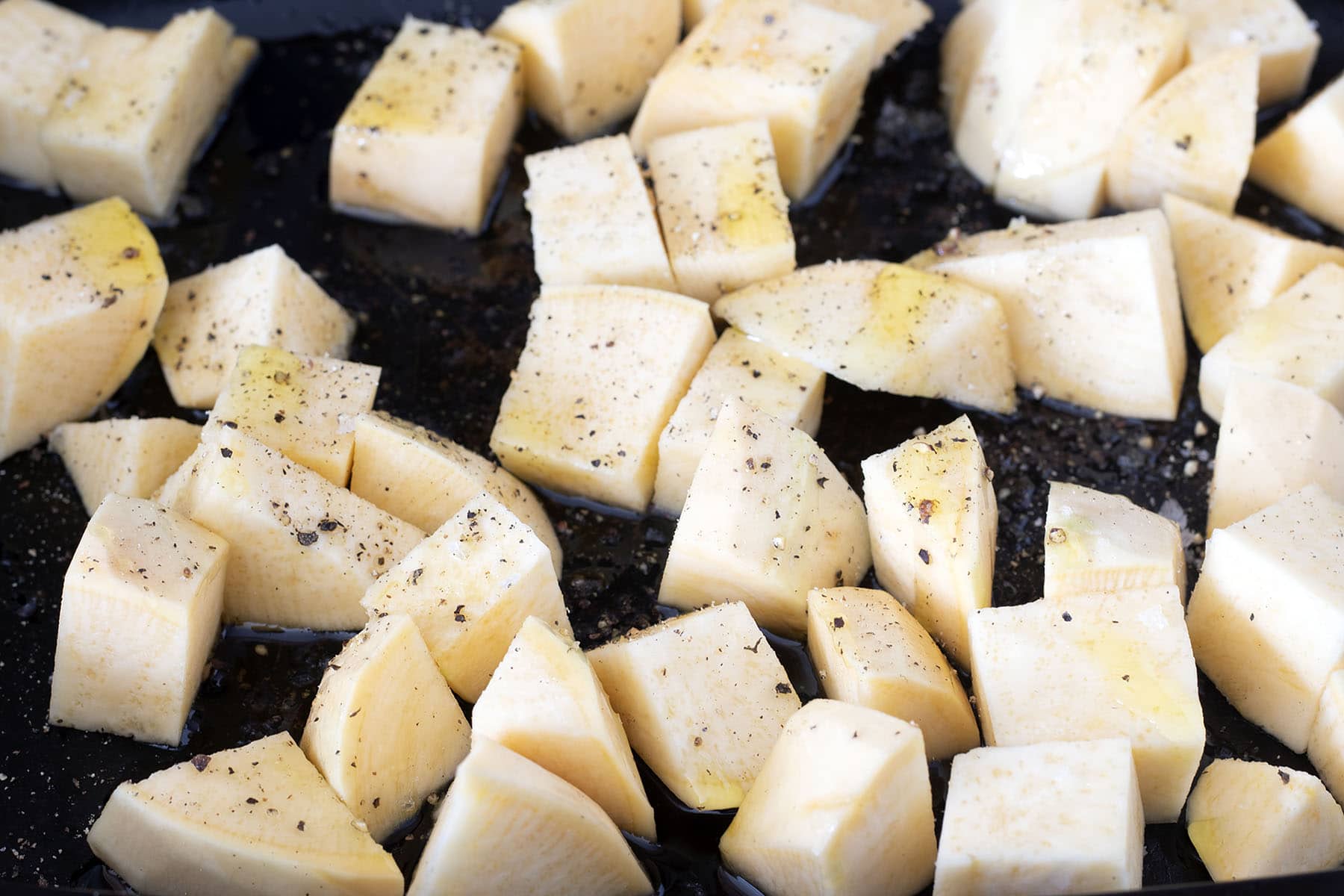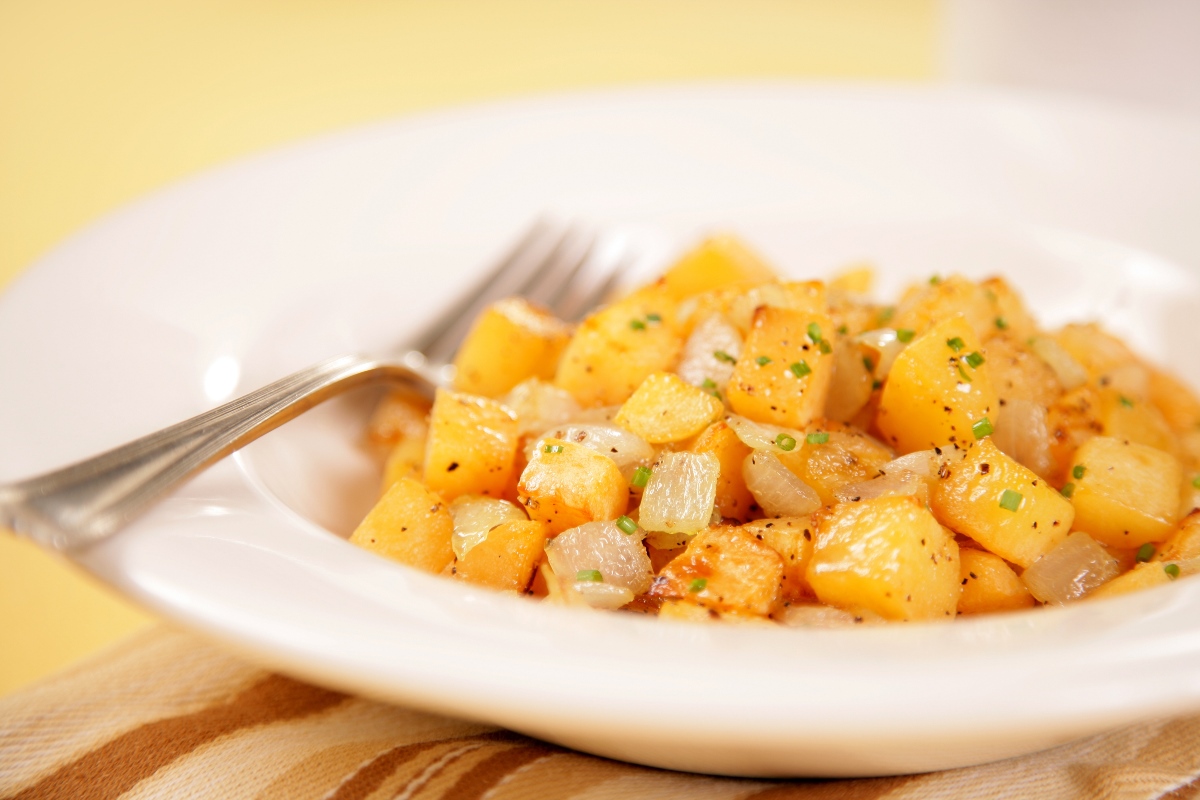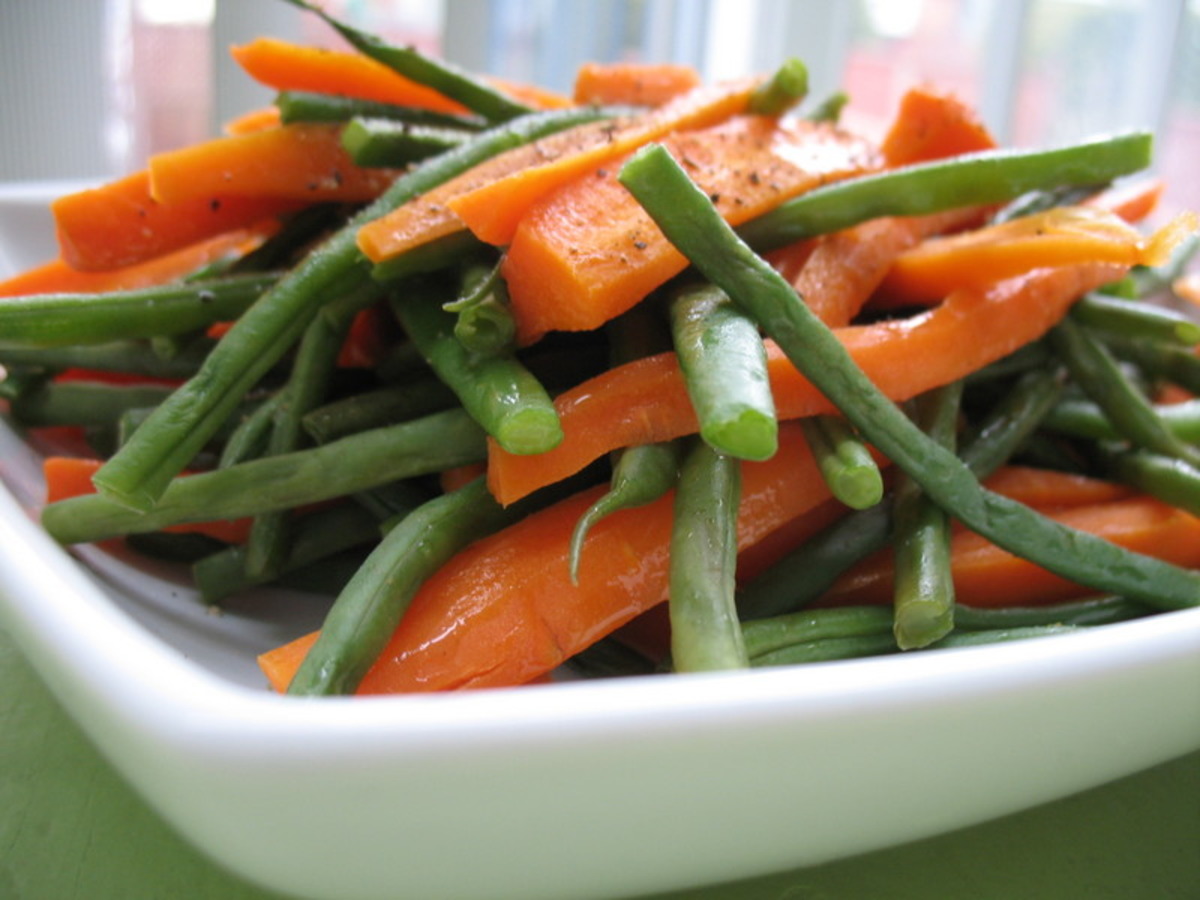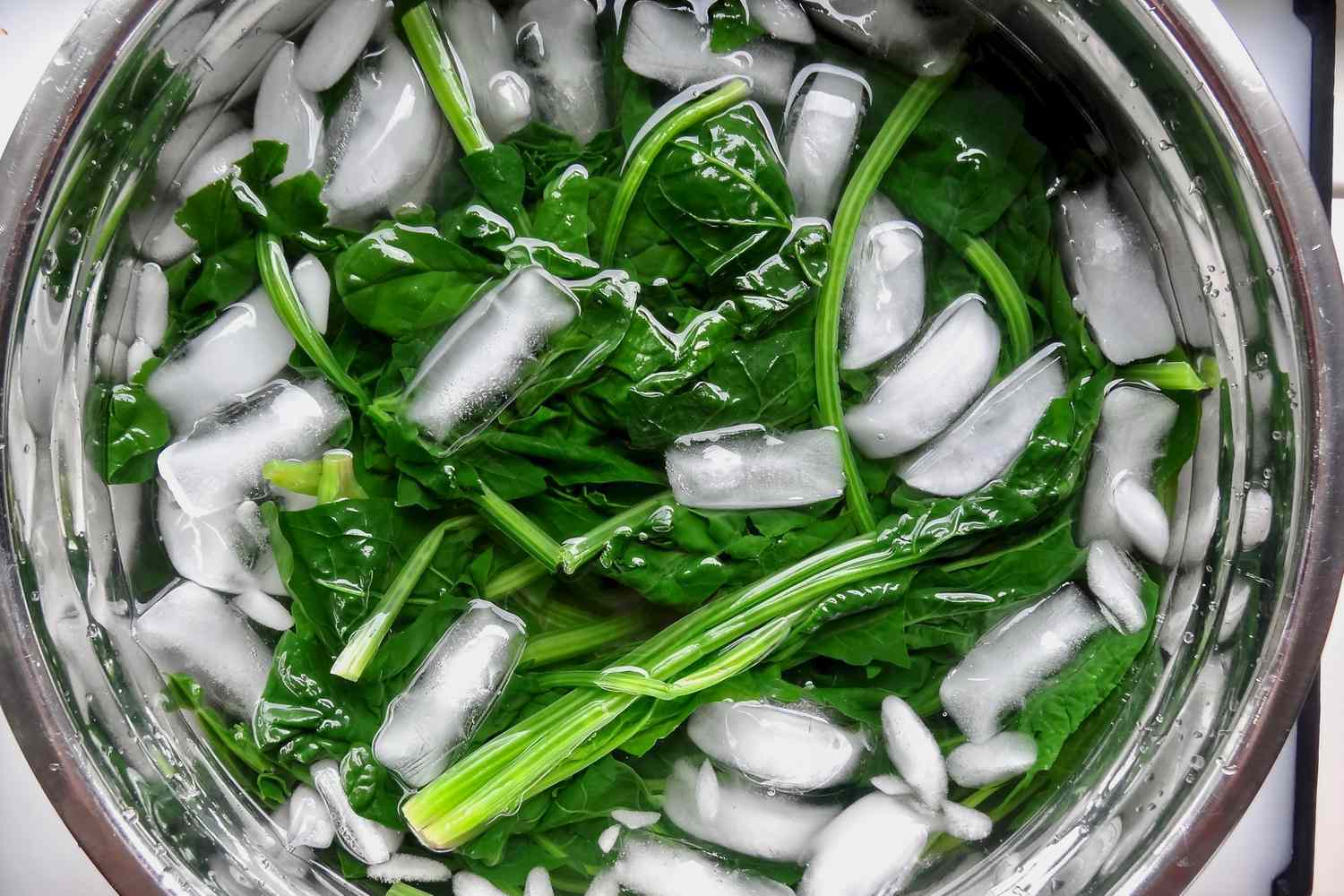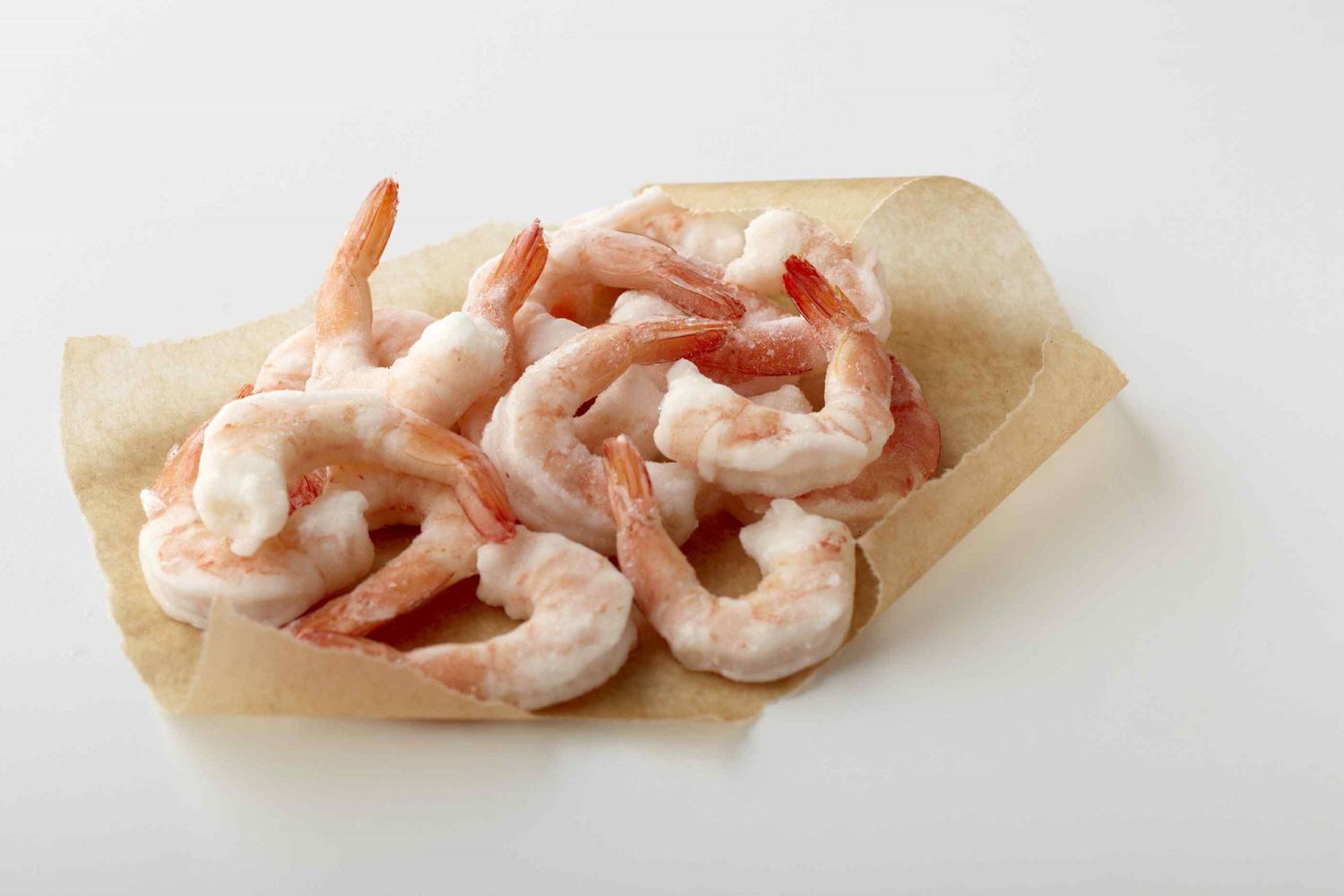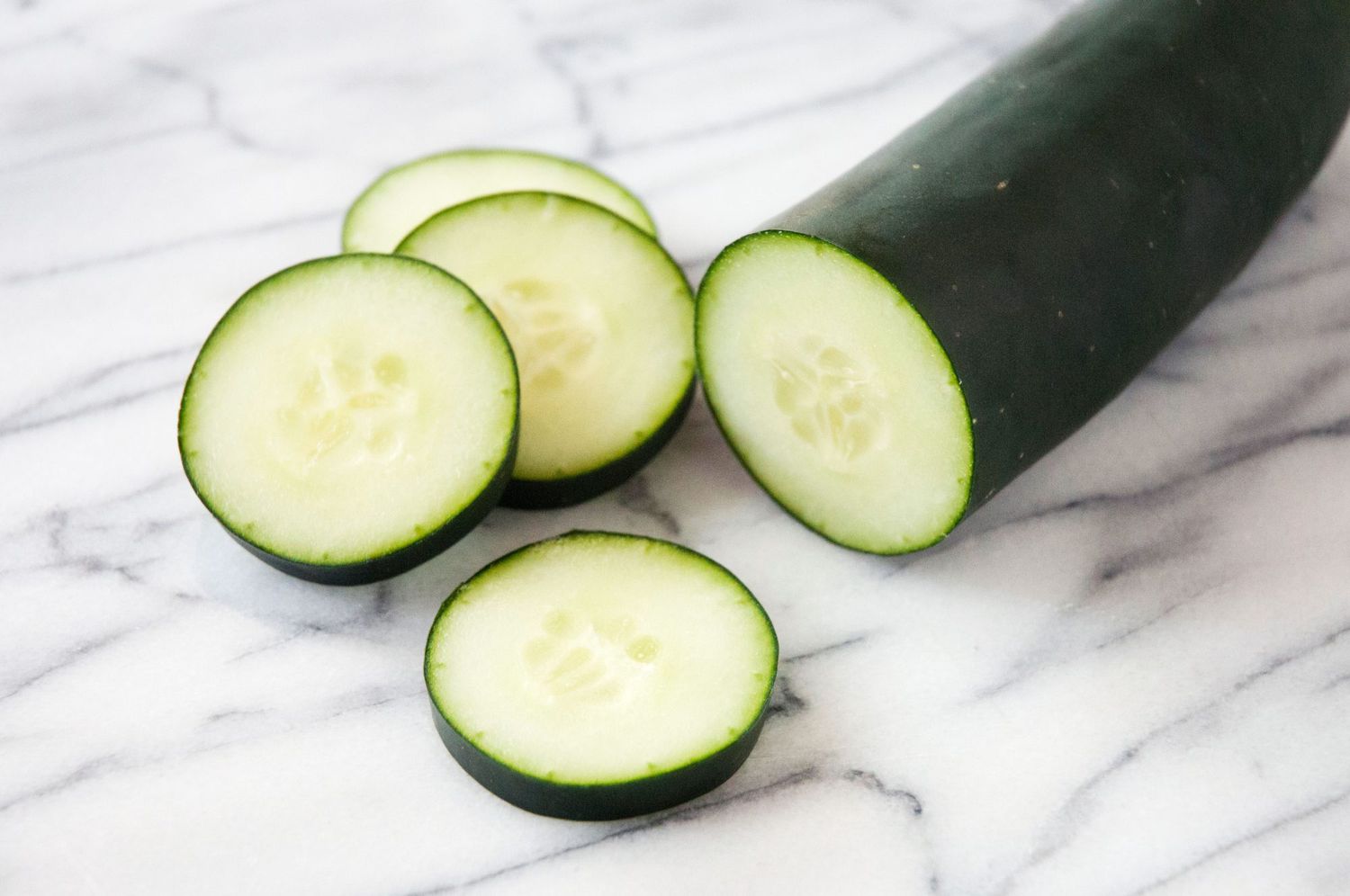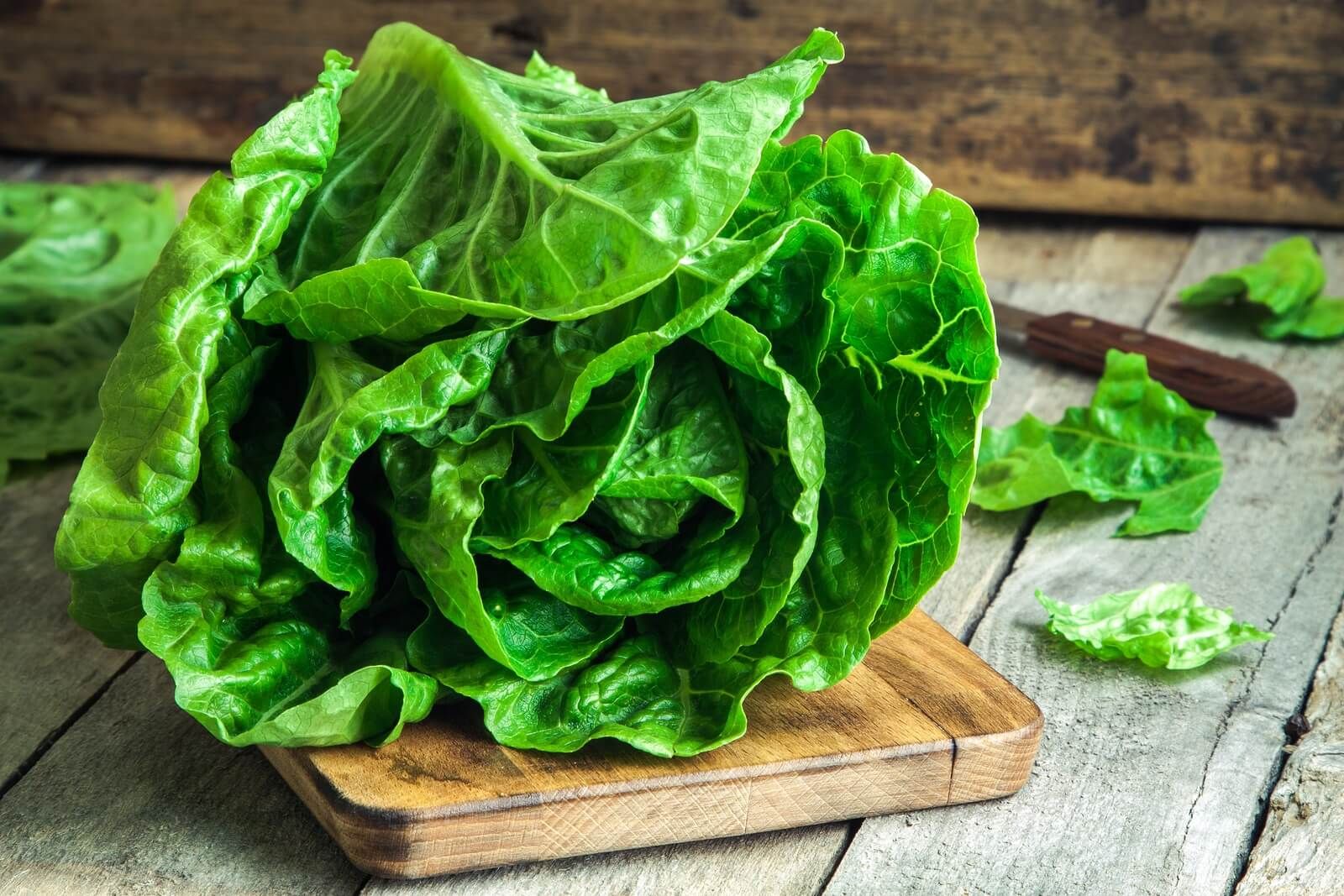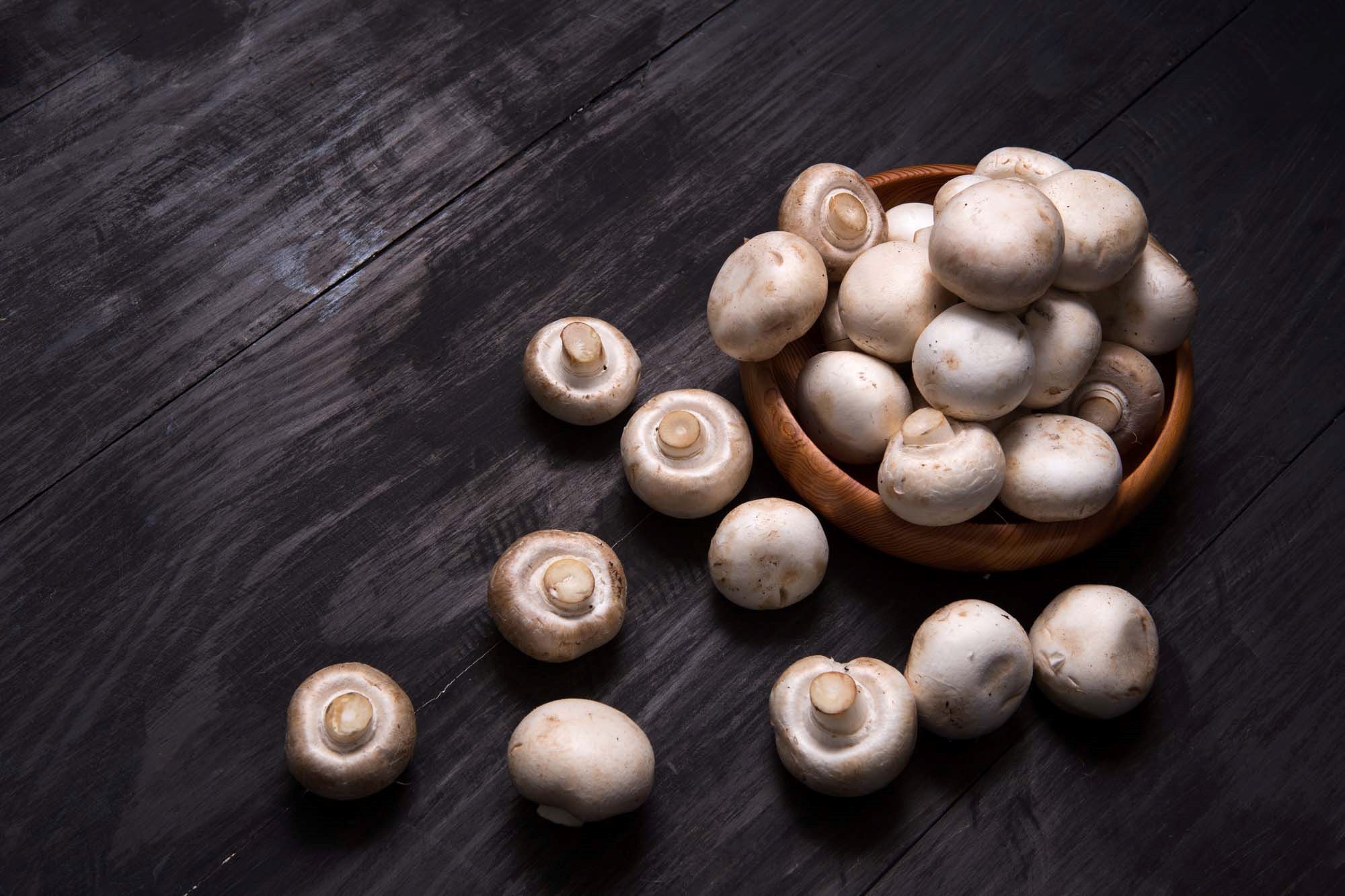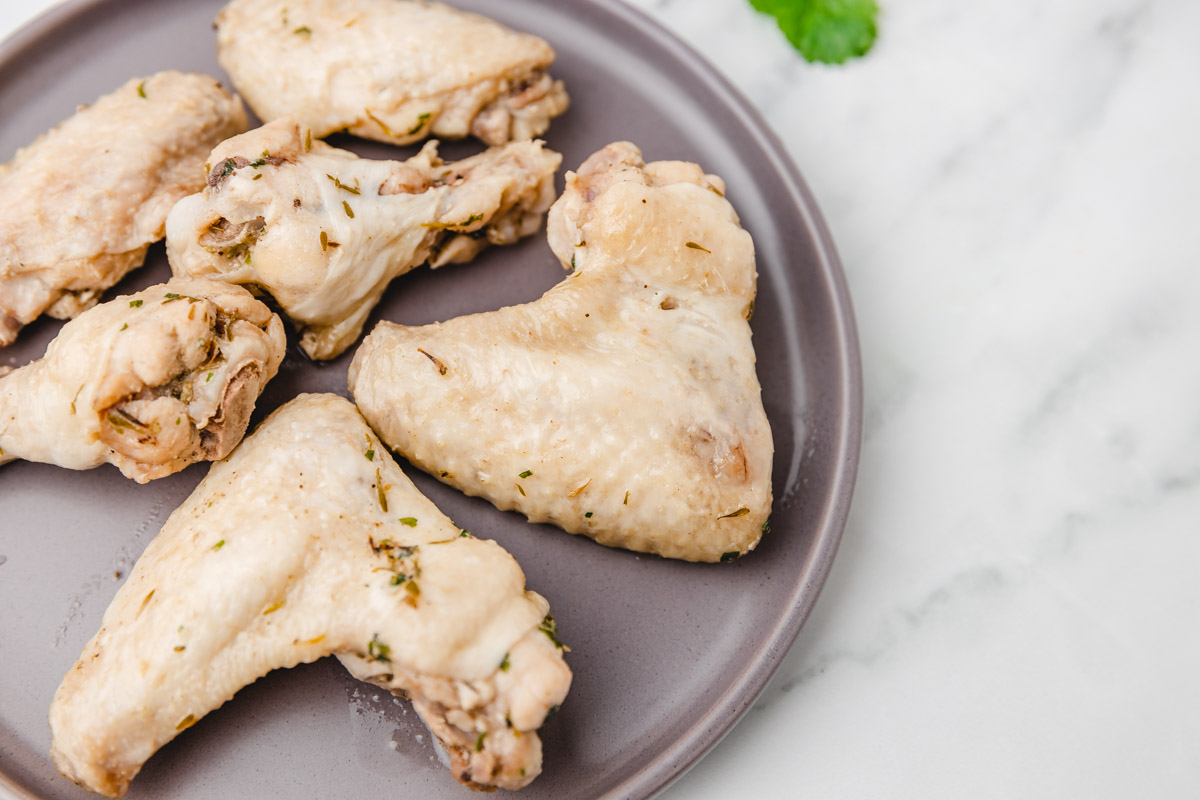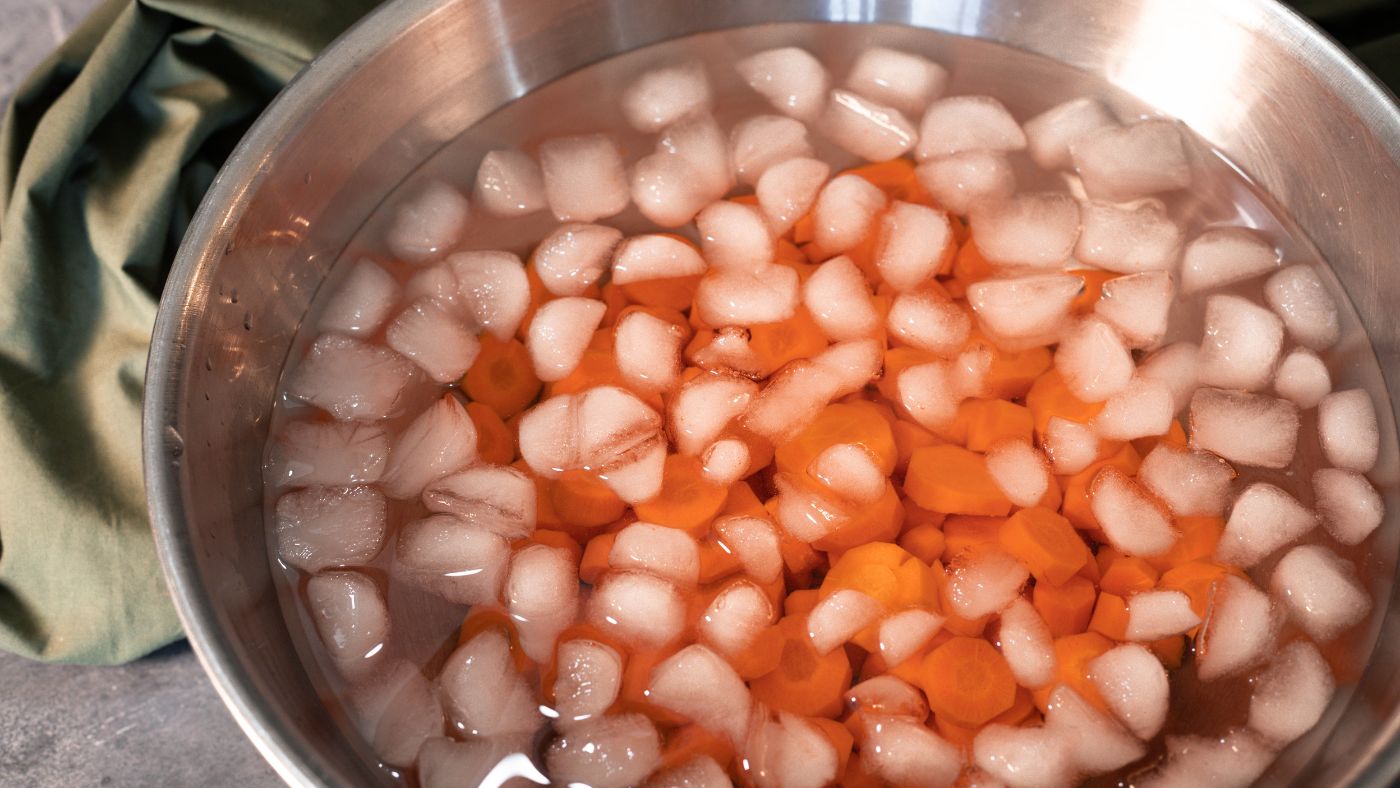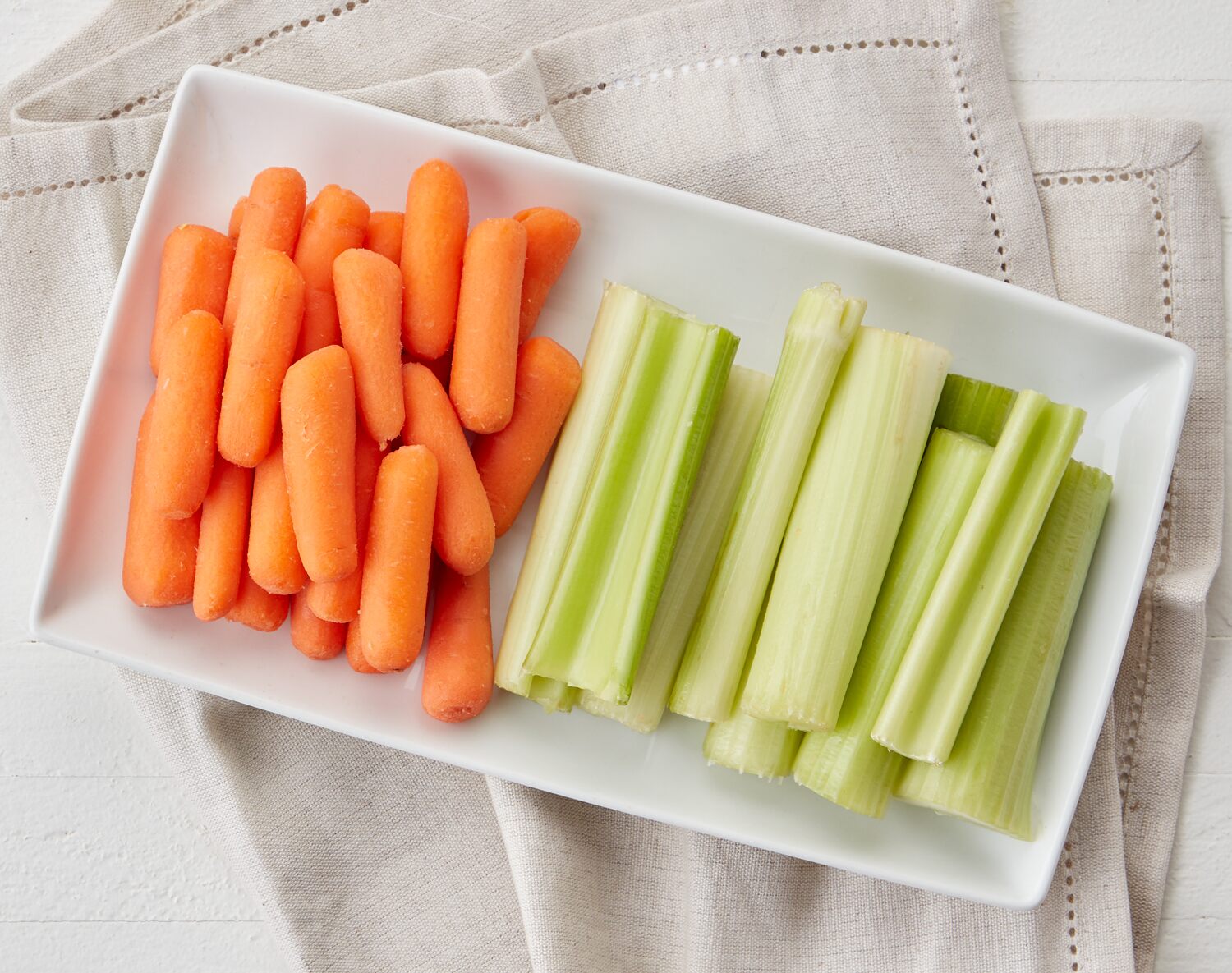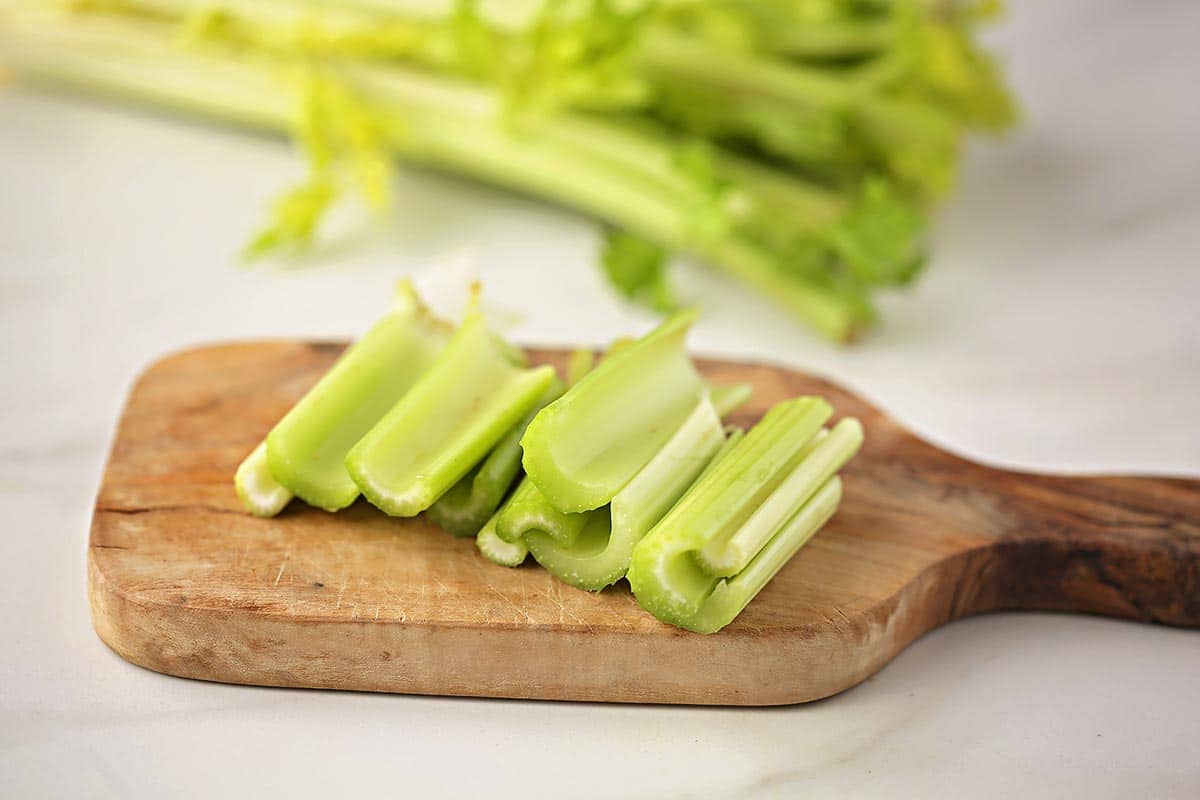What is Swede?
Swede, also known as rutabaga, is a root vegetable that is a cross between a turnip and a cabbage. It has a slightly sweet and earthy flavor, and it is commonly used in soups, stews, and as a side dish. Blanching swede is a great way to preserve its flavor and texture while also preparing it for freezing or further cooking.
Why Blanch Swede?
Blanching swede helps to preserve its color, flavor, and nutrients. It also helps to soften the vegetable, making it easier to cook and incorporate into various dishes. Whether you want to freeze swede for later use or simply prepare it for cooking, blanching is a simple and effective method.
How to Blanch Swede
Blanching swede is a straightforward process that involves boiling the vegetable briefly and then cooling it down quickly to stop the cooking process. Here’s a step-by-step guide on how to blanch swede:
- Start by peeling the swede and cutting it into uniform pieces. This will ensure that the swede cooks evenly during the blanching process.
- Fill a large pot with water and bring it to a boil over high heat.
- Once the water is boiling, carefully add the swede pieces to the pot.
- Allow the swede to boil for 2-3 minutes. This brief cooking time will help to soften the vegetable without making it mushy.
- While the swede is boiling, prepare a bowl of ice water.
- After 2-3 minutes, use a slotted spoon to remove the swede from the boiling water and immediately transfer it to the ice water bath. This will stop the cooking process and help the swede retain its vibrant color and crisp texture.
- Let the swede sit in the ice water for a few minutes to ensure that it is completely cooled down.
- Once cooled, remove the swede from the ice water and pat it dry with a clean kitchen towel or paper towels.
Using Blanch Swede
Once you have blanched the swede, you can use it in a variety of ways. You can freeze the blanched swede for later use by placing it in airtight containers or freezer bags. Alternatively, you can incorporate the blanched swede into soups, stews, or side dishes by simply cooking it further according to your recipe.
Conclusion
Blanching swede is a simple yet effective way to preserve and prepare this versatile root vegetable. By following the steps outlined above, you can ensure that your swede retains its flavor, color, and nutrients, making it a great addition to your culinary repertoire.
Exploring Further: Creative Recipes and Applications
Having mastered the art of blanching swede, you're perfectly poised to explore a variety of recipes that incorporate this versatile vegetable. From the heartwarming Creamy Swede and Carrot Soup to the robust flavors of Swede and Beef Stew, each recipe offers a unique way to enjoy swede. For those looking to impress at their next dinner party, the Swede Gratin with Parmesan Cheese comes highly recommended for its creamy texture and savory taste. Additionally, the Vegan Swede and Lentil Curry is a must-try for anyone seeking a plant-based option that doesn’t skimp on flavor. These recipes not only broaden your culinary repertoire but also showcase the delightful versatility of swede in various dishes.
